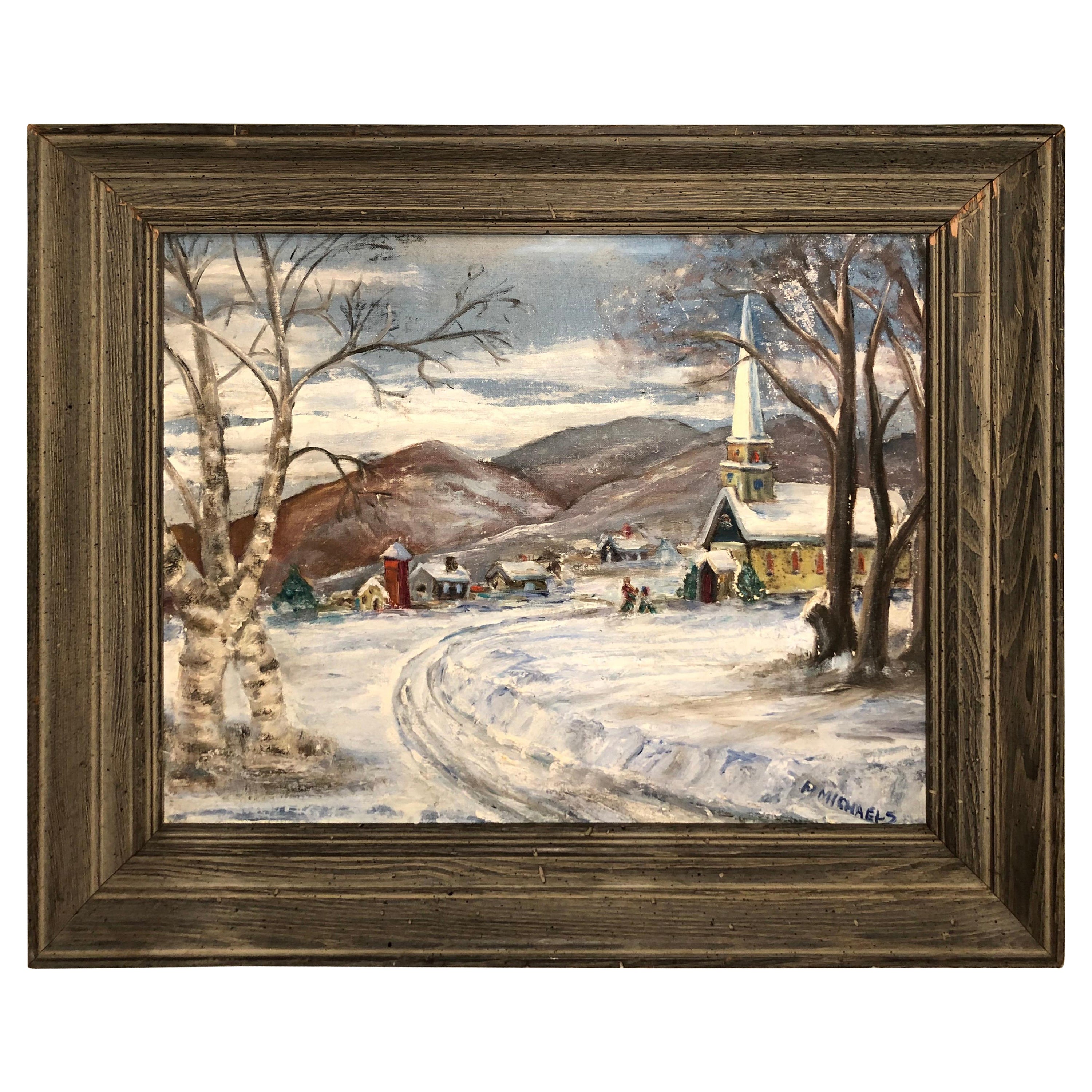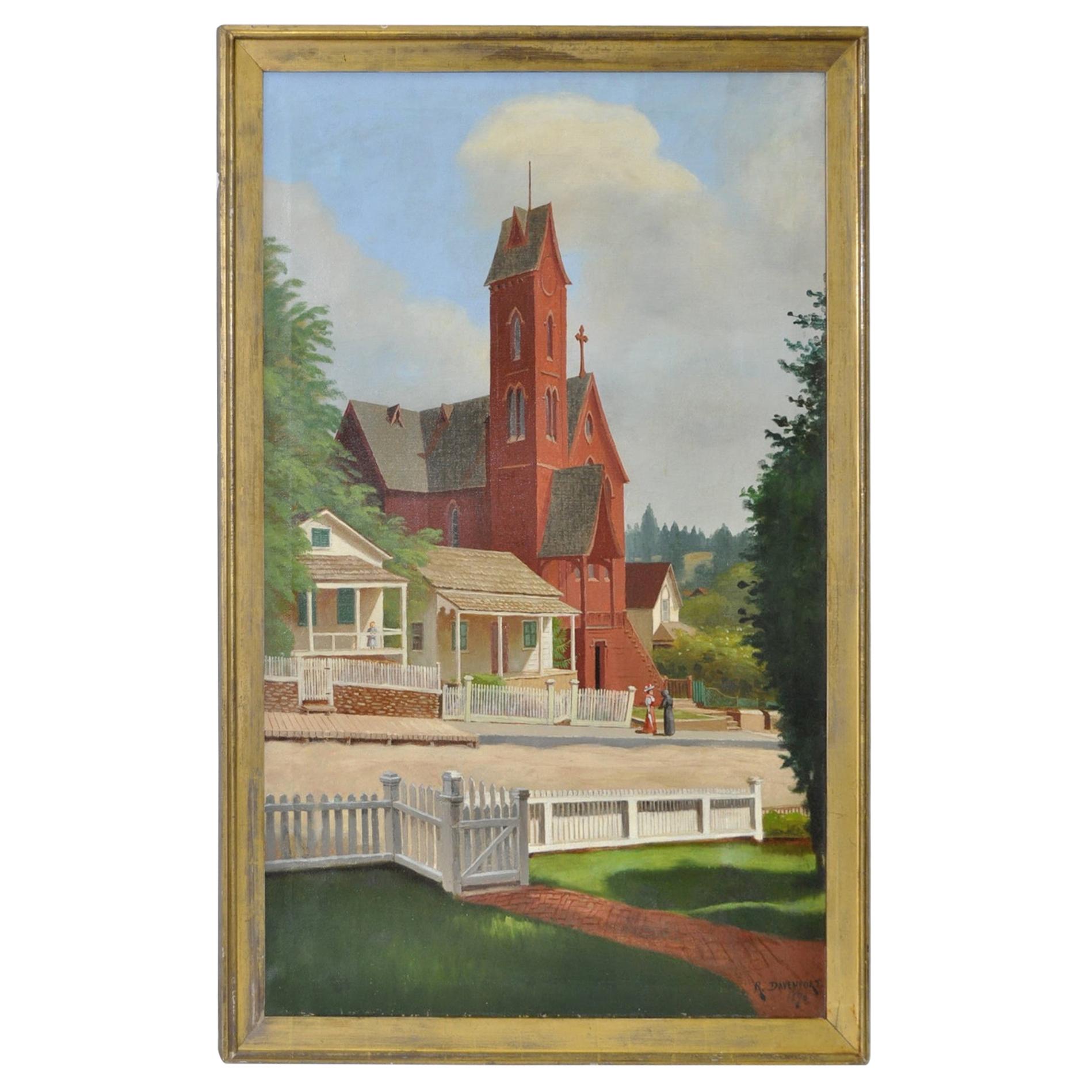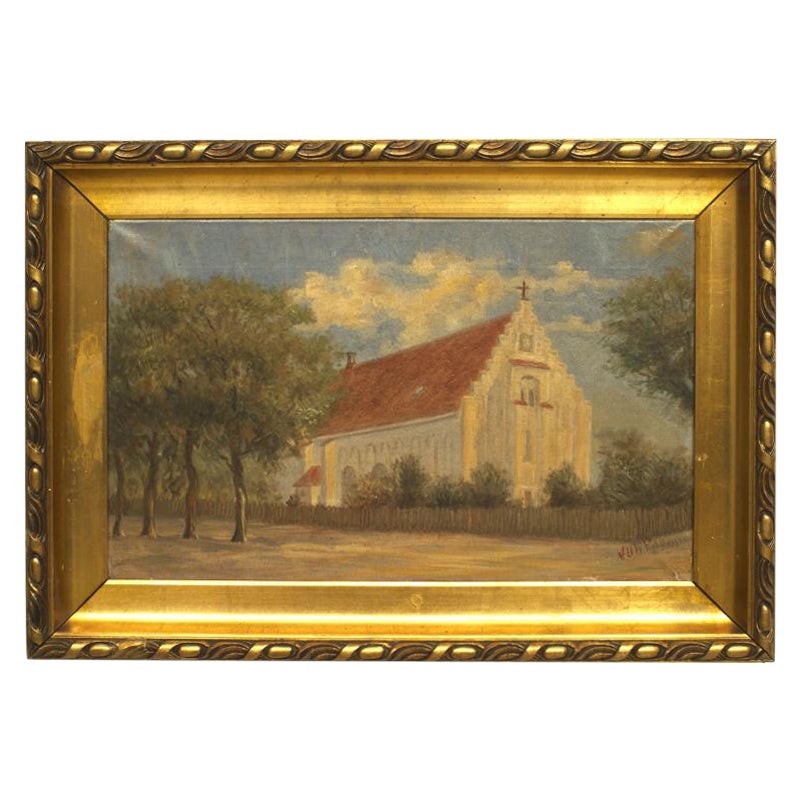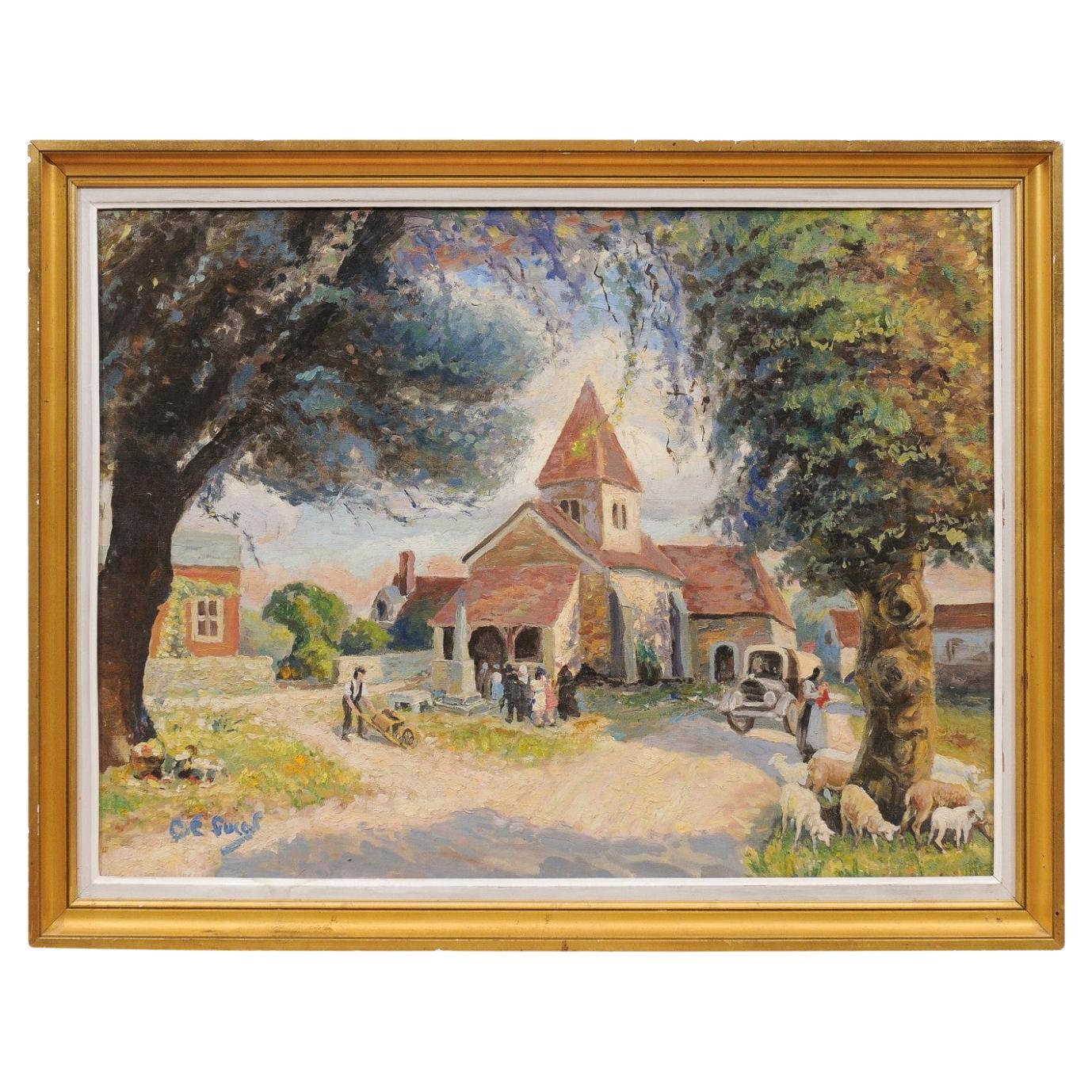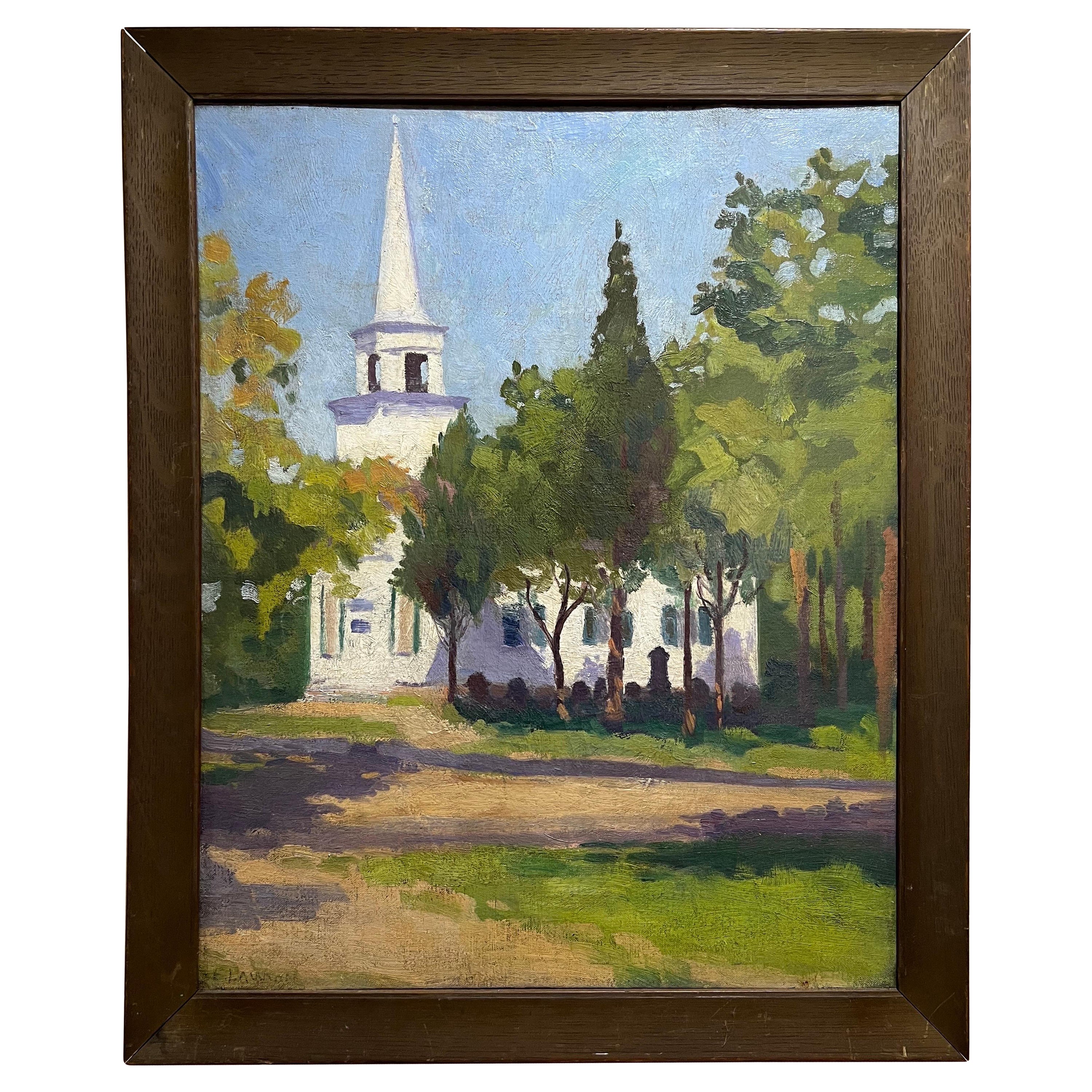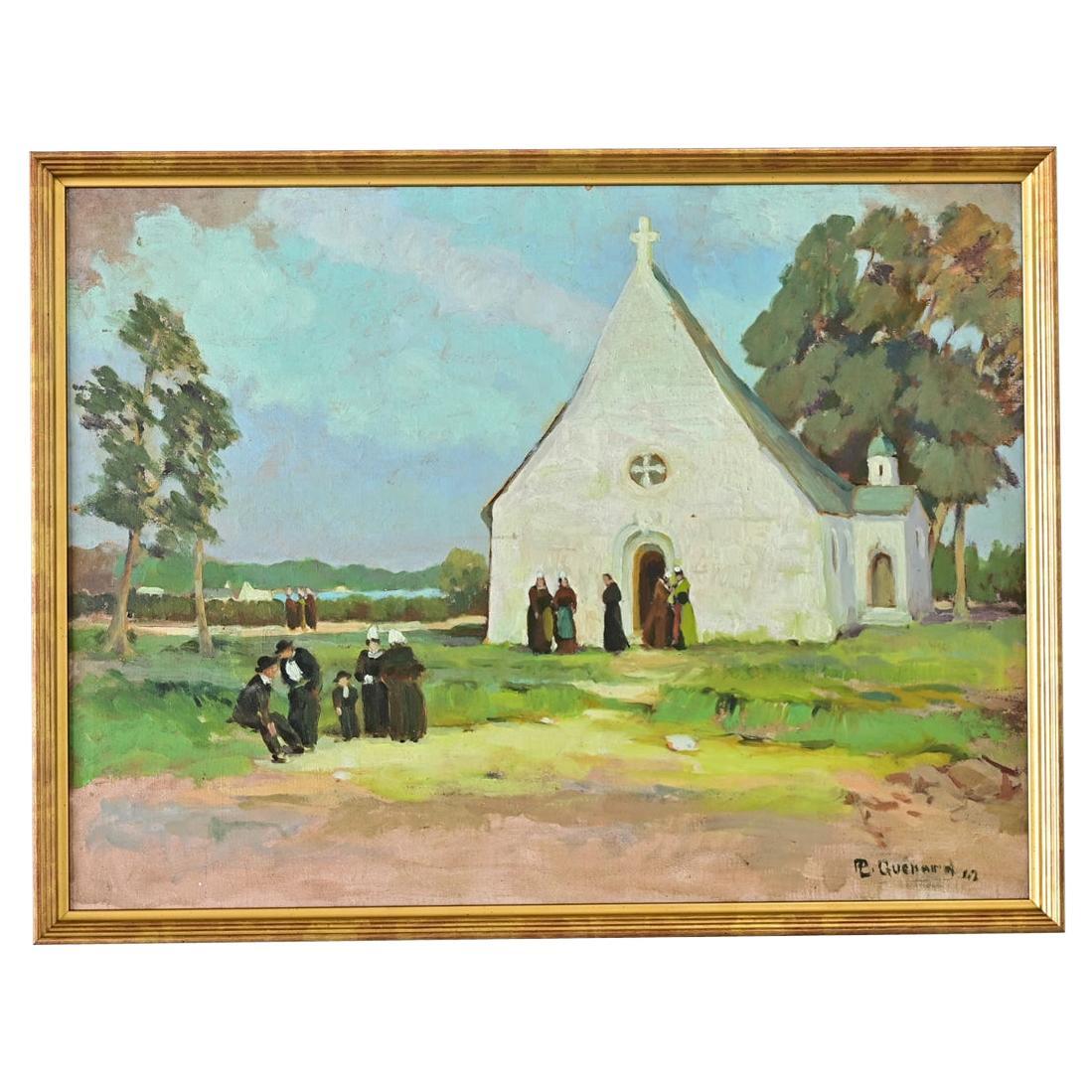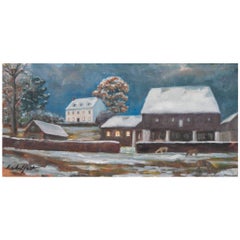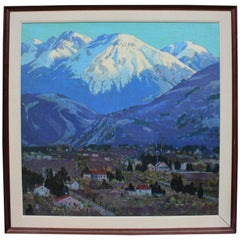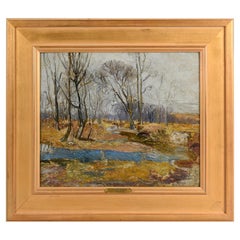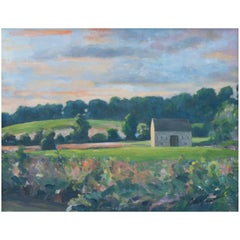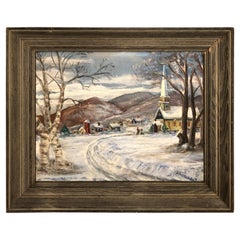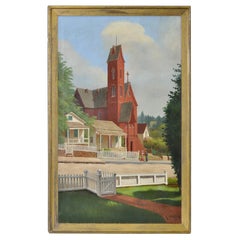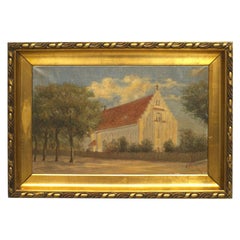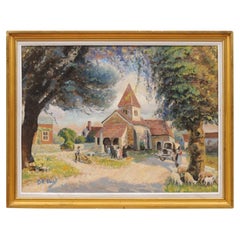Items Similar to Rue de Leglish Church by Albert van Neese Greene
Want more images or videos?
Request additional images or videos from the seller
1 of 2
Rue de Leglish Church by Albert van Neese Greene
$2,800
£2,137.79
€2,470.19
CA$3,930.67
A$4,381.14
CHF 2,298.63
MX$53,500.88
NOK 29,105.71
SEK 27,509.32
DKK 18,436.14
About the Item
Oil on board of a snowy church yard in France.
- Dimensions:Height: 20 in (50.8 cm)Width: 24 in (60.96 cm)Depth: 1 in (2.54 cm)
- Period:
- Date of Manufacture:Unknown
- Condition:
- Seller Location:West Chester, PA
- Reference Number:1stDibs: LU874110686823
About the Seller
No Reviews Yet
Recognized Seller
These prestigious sellers are industry leaders and represent the highest echelon for item quality and design.
1stDibs seller since 2009
9 sales on 1stDibs
Typical response time: 12 hours
Associations
Art Dealers Association of America
- ShippingRetrieving quote...Shipping from: West Chester, PA
- Return Policy
Authenticity Guarantee
In the unlikely event there’s an issue with an item’s authenticity, contact us within 1 year for a full refund. DetailsMoney-Back Guarantee
If your item is not as described, is damaged in transit, or does not arrive, contact us within 7 days for a full refund. Details24-Hour Cancellation
You have a 24-hour grace period in which to reconsider your purchase, with no questions asked.Vetted Professional Sellers
Our world-class sellers must adhere to strict standards for service and quality, maintaining the integrity of our listings.Price-Match Guarantee
If you find that a seller listed the same item for a lower price elsewhere, we’ll match it.Trusted Global Delivery
Our best-in-class carrier network provides specialized shipping options worldwide, including custom delivery.More From This Seller
View All"Early Snow" Painting by Richard Chalfant
Located in West Chester, PA
Painted during an unusual snow storm in October. A visual surprise of snow on fall color. Also, being a nocturne the colors are subtle.
Category
21st Century and Contemporary American Paintings
"Silent Neighbors" by Carl Lawless
Located in West Chester, PA
"Silent Neighbors" by Carl Lawless.
Category
20th Century Paintings
"Late Fall" by Walter Baum
By Walter Emerson Baum
Located in West Chester, PA
Oil on board with interesting study on reverse side.
Category
Vintage 1920s American Other Paintings
Materials
Scrap Wood
"Taylor Run" Painting by Richard Chalfant
Located in West Chester, PA
The stream continues to flow through this timeless landscape. Abiah Taylor who built the barn, circa 1710 would feel perfectly at home in the present landscape.
Category
21st Century and Contemporary American Paintings
"Simplicity" by Richard Chalfant
Located in West Chester, PA
Over looking abundant fields of wildflowers an old Quaker home stands quietly on a knoll simple but elegant.
Category
21st Century and Contemporary Paintings
"White House" Painting by Richard Chalfant
Located in West Chester, PA
The Massey Plantation at the White Horse. A great landmark collection of buildings, walls, their relationships to each other are a result of centuries of building naturally in the la...
Category
21st Century and Contemporary Paintings
You May Also Like
Signed Winter Church Scene by F. Michaels
Located in Redding, CT
Signed Winter Church Scene by F. Michaels. Nice New England winter scene composition. Framed in a solid wooden frame. Signed lower right.
Category
Vintage 1940s Paintings
Materials
Canvas, Wood
$874 Sale Price
41% Off
19th Century "The Old Church" Original Oil Painting by R. Davenport
Located in San Francisco, CA
19th century oil on canvas signed R. Davenport.
A stately red brick church in a country town setting.
Oil on canvas dimensions 23 inches wide x 35 1/2 inches high.
Frame ...
Category
Antique Late 19th Century American Paintings
Materials
Canvas
American Country Church Landscape
Located in Queens, NY
American country style (19th/20th Century) landscape of white and red Spanish style church with trees in gold frame.
Category
Antique 19th Century American Country Paintings
Materials
Paint
French Impressionist Style 1950s Oil on Canvas Painting Depicting a Small Church
Located in Atlanta, GA
A French Impressionist style framed oil on canvas painting from the mid 20th century, depicting a church in a village. Created in France during the midcentury period, this horizontal...
Category
Mid-20th Century French Paintings
Materials
Canvas, Wood
Early 20th Century Oil on Board of a Church
Located in Redding, CT
Early 20th century oil on board of a church. Signed but impossible to make out the artists name. Classic clean arts and crafts style painting...
Category
Vintage 1920s Arts and Crafts Paintings
Materials
Wood, Masonite, Paint
$950 Sale Price
62% Off
Oil Painting of a Churchyard by Lucien Quenard
Located in Baton Rouge, LA
A signed and dated French oil on canvas painting of a churchyard in a pastoral landscape by Lucien Quenard, 1942. The tableau depicts a few members of the congregation engaged in con...
Category
20th Century French Modern Paintings
Materials
Canvas, Paint
More Ways To Browse
Japanese Wall Scroll
Japanese Scrolls
Mid Century Furniture Houston
Kpm Painted Plaques
India Painting 18th Century
Modern Abstract Spanish Painting
Vintage Normandy Furniture
Vintage Pennsylvania House Furniture
1930s Mexican Furniture
Vintage Hawaiian Wall Art
Mughal Paintings
Vintage Tropical Wall Art
Vintage Union National Furniture
18th Century Portrait Pair
19th Century Hunting Paintings
Hanover Furniture
Virginia Galleries
Portrait Of Louis Xv
